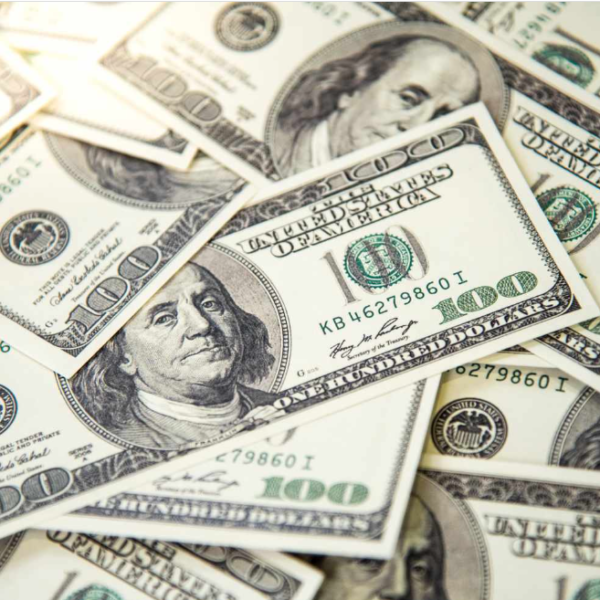The US Dollar (USD) stays on the back foot on Tuesday after having registered losses against its major rivals on Monday. Although markets are pricing in a nearly 60% probability of the US Federal Reserve (Fed) raising its policy rate by 25 basis points (bps) in May, the currency has difficulty finding demand. The risk-positive market atmosphere and news suggesting the USD is losing some of its appeals as a reserve currency seem to be making it hard for the US Dollar Index (DXY) to stage a rebound.
Daily digest market movers: US Dollar struggles to find demand
- Bloomberg reported on Tuesday that the Chinese Yuan had surpassed the US Dollar as the most traded currency, in monthly trading volume, for the first time in Russia in February. According to the outlet, the gap continued to widen in March.
- Last week, Brazil and China agreed to stop using the US Dollar as an intermediary in trade transactions.
- The CME Group FedWatch Tool shows that markets are pricing in a 58% probability of the Fed raising its policy rate by 25 basis points (bps) to 5-5.25% in May.
- On Sunday, Saudi Arabia announced that several producers in OPEC+ will participate in voluntary output cuts from May to the end of the year. The group’s total output will be reduced by more than 1.5 million daily barrels.
- The West Texas Intermediate (WTI) barrel started the week with a large bullish gap and touched its highest level since late January, above $82. Following a consolidation phase, WTI holds comfortably above $80.
- Federal Reserve Bank of St. Louis President James Bullard said on Monday that the unexpected decision by OPEC to lower output could make the Fed’s jobs of bringing inflation back to the 2% target more challenging.
- On Monday, ISM’s Report on Business revealed that Manufacturing PMI declined to 46.3 in March from 47.7 in February, revealing a contraction accelerating the manufacturing sector’s economic activity.
- The Prices Paid Index of the PMI survey, the inflation component, dropped to 49.2 from 51.3. This reading suggests that input inflation in the sector softened in March.
- Fueled by the upbeat performance of energy shares, the S&P 500 closed in positive territory on Monday.
- US stock index futures trade modestly higher on Tuesday.
- February Factory Orders and JOLTS Job Openings will be featured in the US economic docket on Tuesday.
- Later in the week, the ISM Services PMI survey, ADP private sector employment data and the US Bureau of Labor Statistics March jobs report could influence the US Dollar valuation.
Technical Analysis: US Dollar Stays Vulnerable Vs Euro
Despite the modest retreat at the beginning of the week, EUR/USD has gathered bullish momentum. The Relative Strength Index (RSI) indicator on the daily chart rose above 60, and the 20-day Simple Moving Average (SMA) made a bullish cross with the 50-day SMA. These technical developments suggest that the pair’s bullish bias remains intact, and there is more room on the upside before it turns technically overbought.
EUR/USD trades above 1.0900 (psychological level, static level), and it could target 1.1000 (end-point of the latest uptrend, psychological level) and 1.1035 (multi-month high set in early February) as long as that support holds.
On the downside, 1.0800 (psychological level, static level) aligns as the first important support level before the 1.0730/1.0750 area (20-day SMA, 50-day SMA) and 1.0660 (100-day SMA).
How is US Dollar correlated with US stock markets?
US stock markets are likely to turn bearish if the Federal Reserve goes into a tightening cycle to battle rising inflation. Higher interest rates will ramp up the cost of borrowing and weigh on business investment. In that scenario, investors will likely avoid taking high-risk, high-return positions. As a result of risk aversion and tight monetary policy, the US Dollar Index (DXY) should rise while the broad S&P 500 Index declines, revealing an inverse correlation.

